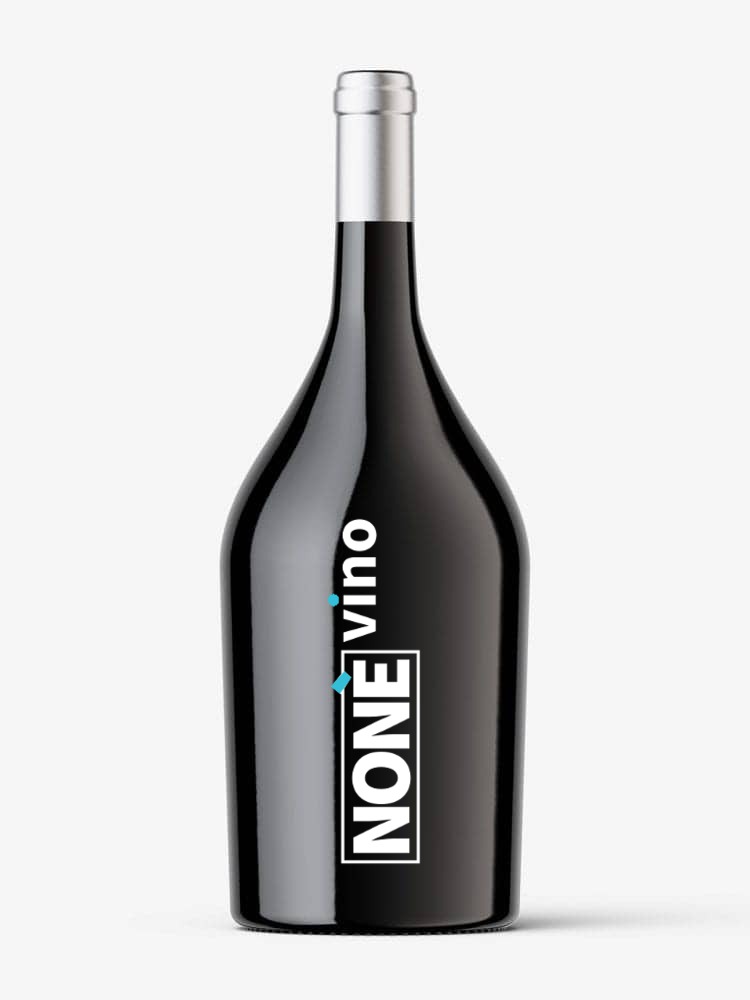The geographical area dedicated to the production of DOC Modena wine extends into the central Apennine area of Emilia Romagna, in a hilly and flat area that is adequately ventilated, bright and favorable to the fulfillment of all the vegetative-productive functions of the vineyards.
The Production Area of the Modena DOC Wine is located in:
– province of Modena and includes the territory of the municipalities of Bastiglia, Bomporto, Campogalliano, Camposanto, Carpi, Castelfranco Emilia, Castelnuovo Rangone, Castelvetro di Modena, Cavezzo, Concordia sul Secchia, Finale Emilia, Fiorano Modenese, Formigine, Guiglia, Maranello, Marano sul Panaro, Medolla, Mirandola, Modena, Nonantola, Novi di Modena, Prignano sul Secchia, Ravarino, S.Cesario sul Panaro, S. Felice sul Panaro, S. Possidonio, S. Prospero sul Secchia, Sassuolo, Savignano sul Panaro, Serramazzoni, Soliera, Spilamberto and Vignola.
During the vinification phases, only loyal and constant oenological practices of the area are allowed, suitable to give the wines their particular quality characteristics.
The oenological practices of vinification of the Modena DOC wine include, among other things, that:
– The maximum yield of grapes in DOC Modena wine must not exceed 70%; if these parameters are exceeded within the limit of 10%, the excess will not be entitled to the DOC but can be reclassified as IGT wine among the types produced in the territory. Beyond these limits the right to DOC for the whole product lapses.
– The DOC Modena wine with sparkling mention must be obtained with the Charmat method, that is with the refermentation in autoclave .
– The DOC Modena wine with Spumante mention must be obtained with the Classic Method, or with the refermentation in the bottle.
– Sparkling Rosé Modena DOC wines must bear the indication “Rosato” on the label; for the types and Spumante Rosato they can indicate, alternatively, “Rosé”.
Human factors relevant to the link Of the “vitis Labrusca” Cato speaks of it in De Agricoltura and Varrone in De Rustica. And again Pliny, who in the Naturale Historia documents the characteristics of the “vitis vinifera” “whose leaves, like those of the Labrusca vine, become blood-colored before falling”.
In 1300 the Bolognese Pier dè Crescenzi, in his treatise on agriculture, observed on the Labrusche, that “they are black, they dye the wines and clarify, but whole and with wrinkled stems they are placed in jars and do not spoil the taste of the wine”. It is the first document indicating that in those times the custom of making wine from the grapes of those vines was born, which perhaps were no longer so “wild”. It should in fact be remembered that the ancient Labrusca were wild vines (vitis vinifera silvestris) or vines of the subspecies vitis vinifera sativa, which arose spontaneously from seed, in non-cultivated places. For this reason Lambrusco is considered one of the most indigenous vines in the world as it derives from the genetic evolution of the vitis vinifera silvestris occidentalis, whose domestication took place in the Modena area.
Lambrusco wine has always been held in great honor by the Dukes, so much so that, two and a half centuries earlier, in one of his “holographs” of June 1430, Nicolò III d’Este had ordered that “of all the wine that was conducted from Modena to Paris, half of the duty was not paid “, in order to facilitate trade.
The most significant authors of the nineteenth century confirm how over the centuries Modena represents a territory suited to the production of sparkling wines that have acquired particular notoriety and tradition of production and consumption and whose characteristics are due exclusively or essentially to the environment, including all the factors natural and human that define it.
The historical origin of the term “Modena” or “di Modena” is certainly known in the mid-1800s thanks to the production methodology relating to the typical red sparkling wine derived from a blend of the various Lambrusco traditionally grown in the province of Modena. The wine obtained was called “Lambrusco di Modena” as the name of the provincial capital city.
The consistent and significant commercial results, consolidated in over a century of activity, have made “Lambrusco di Modena” one of the most qualified wines of provincial enology.
The Modena DOC wine obtained the recognition of the Controlled Designation of Origin on 27 July 2009.






